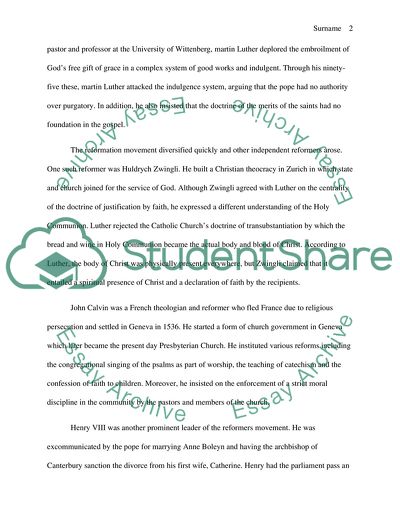Cite this document
(The Reformation Movement Essay Example | Topics and Well Written Essays - 1500 words, n.d.)
The Reformation Movement Essay Example | Topics and Well Written Essays - 1500 words. https://studentshare.org/religion-and-theology/1823810-christianity
The Reformation Movement Essay Example | Topics and Well Written Essays - 1500 words. https://studentshare.org/religion-and-theology/1823810-christianity
(The Reformation Movement Essay Example | Topics and Well Written Essays - 1500 Words)
The Reformation Movement Essay Example | Topics and Well Written Essays - 1500 Words. https://studentshare.org/religion-and-theology/1823810-christianity.
The Reformation Movement Essay Example | Topics and Well Written Essays - 1500 Words. https://studentshare.org/religion-and-theology/1823810-christianity.
“The Reformation Movement Essay Example | Topics and Well Written Essays - 1500 Words”. https://studentshare.org/religion-and-theology/1823810-christianity.


